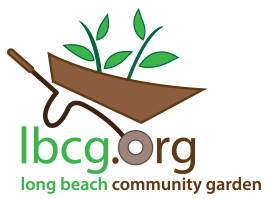Below are some of the most common garden insecticides listed with least to most damaging effect on beneficial insects. Be sure to read the EPA label and follow all directions. Whenever possible, consider biological controls first. More detailed information can be found at the National Pesticide Information Center http://npic.orst.edu/ and UC IPM http://ipm.ucanr.edu .
Blast of water
A good blast of water can knock off many damaging insects and interfere with mating. Best done in the morning to let plants dry before night.
Soapy water, insecticidal soaps
Many recipes can be found online or you can purchase concentrates. Kills aphids, mealybugs, thrips, spider mites, scale, whiteflies, ants and other soft bodied insects. Affects some beneficial insects. Damages plants if used in heat of day. No residual protection. Can be washed off in a half hour.
Bacillus thuringiensis (BT)
Organic biological control for caterpillars. Low impact on beneficial insects. Timing of application critical for control.
Spinosad
Active ingredient is organic but some formulations are not. Controls caterpillars, mites, thrips, flea beetles. Use early or late in day to protect bees. Some residual protection. Low to moderate impact on beneficial insects.
Sulfur
Controls many types of mites. Low to high impact on beneficials. Incompatible with horticultural oils. Can damage lungs if dust is inhaled.
Horticultural oil, Neem oil, Azadirachtin
Controls mites, aphids, mealybugs, scale. Low to moderate impact on beneficials. May damage leaves if applied in the heat of day. Incompatible with sulfur applications. Azadirachtin can be used as a soil drench to control root knot nematodes.
Permethrin, Pyrethrin
Pyrethrin is organic. Controls most types of insects. Very damaging on beneficial insects, bees. Effective treatment for ants and termites with residual protection. Avoid using on edible plants or in places where beneficial insects are likely to inhabit.
